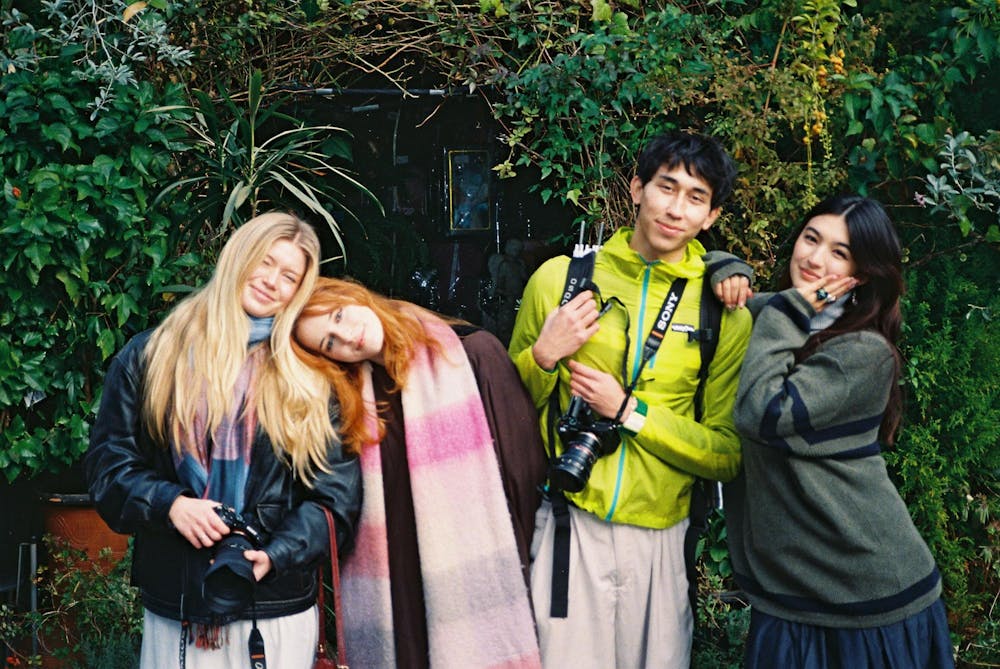“Flavors and Faces of Resilience,” a student-made short film, will premiere Friday at 8:30 p.m. at the Varsity Theatre. The film, shot in Japan by four UNC students over winter break, follows three Japanese individuals, who all have a unique connection to food and its power to bring people together. It explores how food connects with grief, memory and identity.
Elizah Liberty Van Lokeren, a senior studying media and journalism and social and economic injustice, took a food and culture seminar, last semester. Dealing with a loss last fall, the idea of grief — and its connection to food — kept resurfacing to her. Her professor, Jim Ferguson, who died in January, pushed her to explore these ideas further, she said.
Van Lokeren spent time researching the specific relationship between nourishment and grief, finding sources dating back to 250 B.C.E.
“Finding scholarship like that felt like it realized the things that I had already been thinking in my head about the research paper, but made it possible, to feel like it was justified, almost,” she said.
Van Lokeren shared her abstract and research with her roommate, Michaela Tse, a senior studying global studies. Tse's grandmother lives in Japan next to a shop that sells flowers for Obon — a Japanese celebration that honors one’s ancestors, similar to Día de los Muertos, Tse said.
This connection helped the two create an initial pitch for a documentary in Japan, which they presented to Gary Mukai, the director of the Stanford Program on International and Cross-Cultural Education at Stanford University. Mukai asked how the two could make the topic more historically relevant.
Tse said that through Mukai’s guidance, they started investigating Hiroshima Hibakusha — a Japanese term for Hiroshima bomb survivors. Through the Hiroshima Hibakusha, they further explored how food is utilized as a symbol of remembrance.
With a more specific vision for the short film, the two brought on Nathan Poesel, a UNC graduate, who specializes in camera work and creative storytelling, and Gracie Young, a senior who is a double major in peace, war and defense and global studies.
“ Everybody's skills seemed to align perfectly for what we needed for the film,” Tse said.



